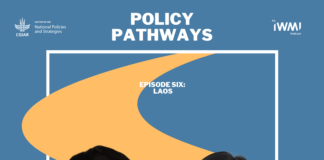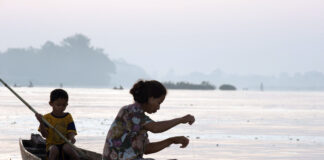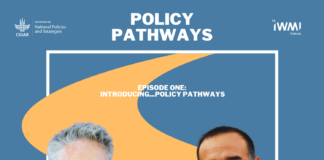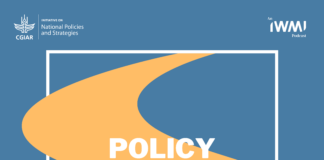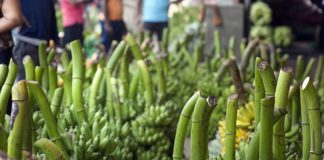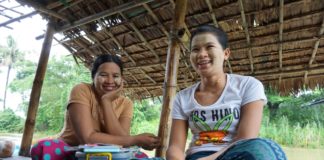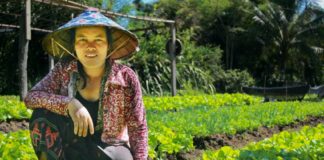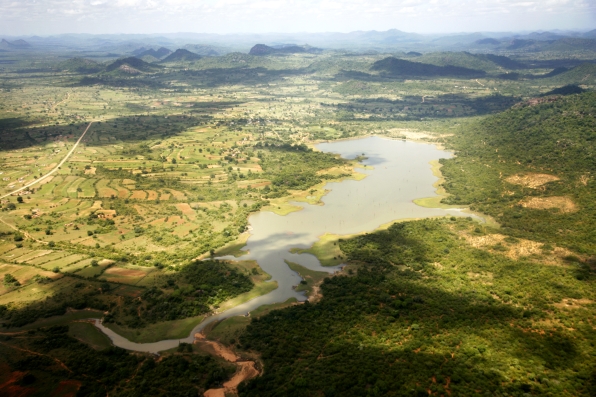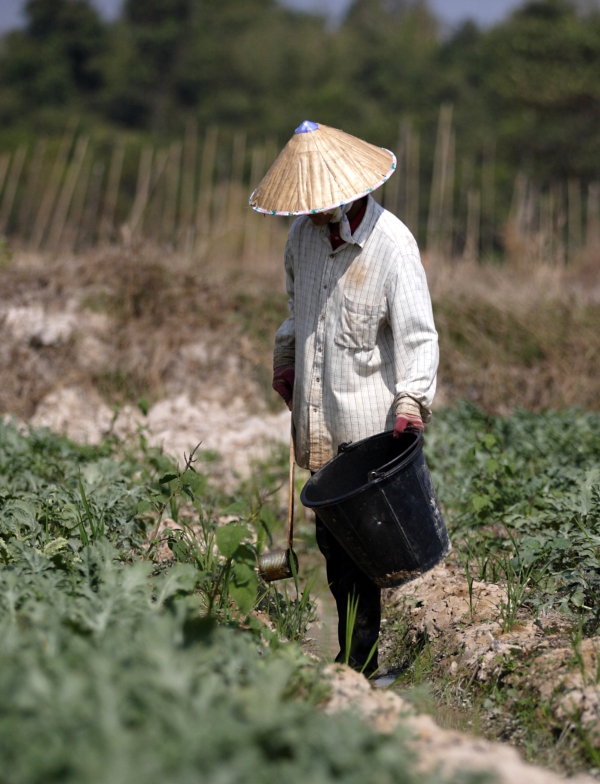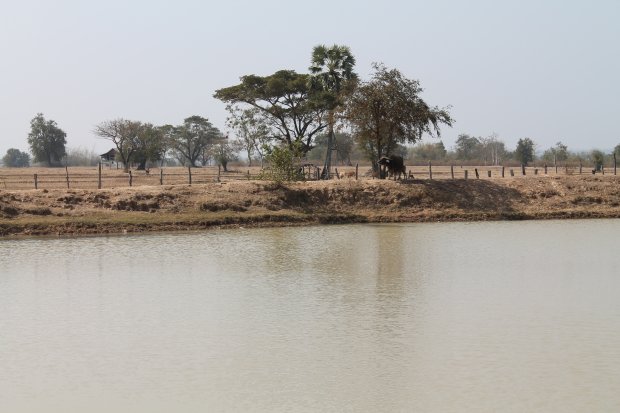Home 2024
Archives
Episode 6: Lao’s Policy Pathways
Discover the challenges and solutions for sustainable development in landlocked Laos with Policy Pathways' penultimate episode.
What is good for fish, is good for people and planet
The Mekong fishery is at a tipping point. Integrating fish into agricultural landscapes may be the sustainable way forward.
Episode One: Introducing… Policy Pathways
Researchers introduce the series and explain what a 'policy pathway' is.
New podcast explores policy coherence and system transformation in food, land...
Policy Pathways, produced by IWMI, examines policies for sustainable development and climate resilience in six countries.
Report on polluting effects of commercial banana farming can steer greener...
New report makes recommendations aimed at helping authorities limit contamination from pesticides to acceptable levels based on the known risks to environmental and human health.
Why the young aspire to leave agriculture behind
Often, migration is an adaptation strategy, and a myriad of factors shape whether a person undertakes a journey to a new city in search of opportunity.
How a dry village got its feet wet
As Laos seeks to strengthen food security and rural livelihoods, while adapting agriculture to climate change impacts, the potential of groundwater irrigation can only grow. Lessons learned from IWMI’s pilot study should prove valuable for helping realize this potential.
At the World Water Forum 2018
The vital importance of the concept for effective water governance is the key message of a side event being held at the 8th World Water Forum.
Resource sharing for dry season crops: a tale of the village...
A village pond could provide the people of Ban Phailom in Laos with the much-needed water for their vegetables during the dry season but resource access is a serious concern. How were they able to sort out the problem?


